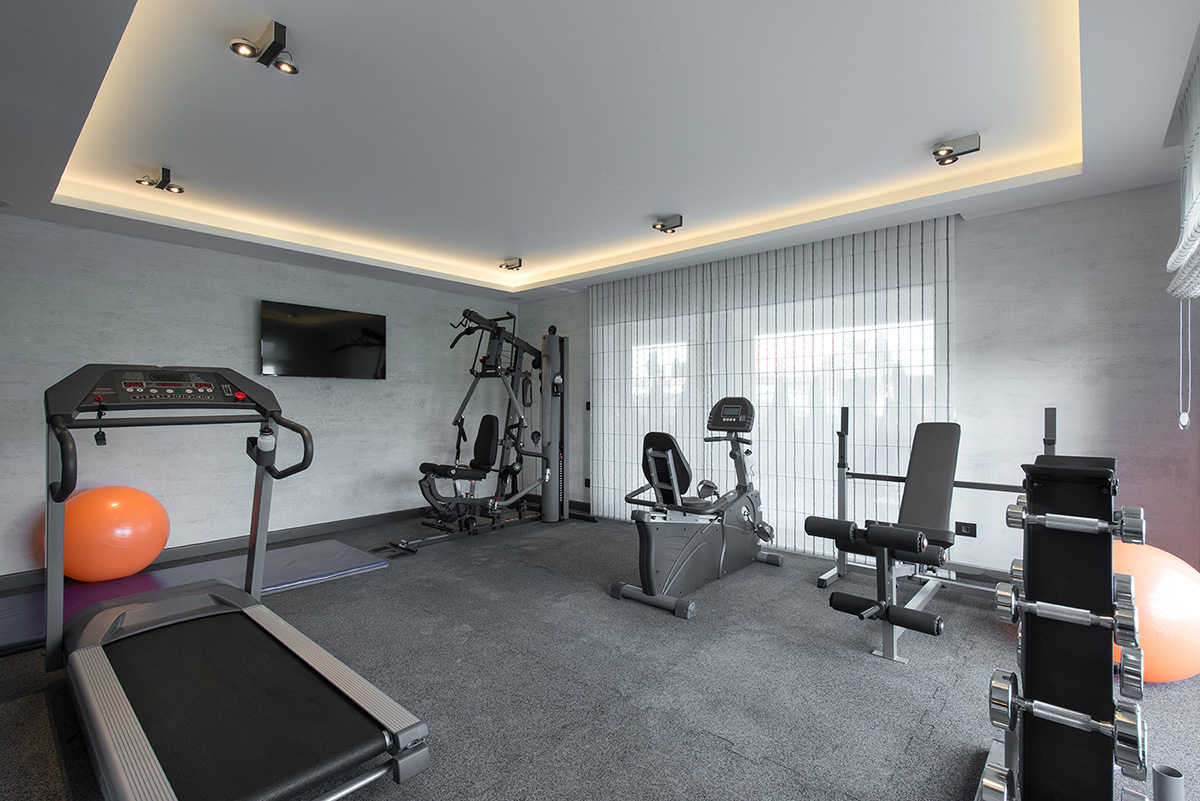
Designing a home gym that is both functional and comfortable starts with choosing the right gym flooring. Flooring can significantly impact your workout experience by affecting shock absorption, sound insulation, and durability. Factors like your gym’s location, subfloor type, and budget are crucial in determining the best option for your needs. Let’s explore the different types of home gym flooring, examining factors such as cost, durability, and comfort to help you make an informed decision.
Factors to Consider When Choosing Home Gym Flooring
You’ll want to evaluate your home gym’s unique requirements when selecting gym flooring. Is it located on a basement concrete floor or on the second level where noise transfer might disturb others? Do you plan to focus on high-impact workouts like weightlifting and HIIT, or will it be a more cardio- and yoga-centered space? Subfloors, sound insulation, and overall comfort are critical considerations. Let’s dive into the key factors:
•Location: Flooring needs vary depending on where the gym is located. Basements with concrete subfloors may require added insulation and cushioning, while upper-floor gyms benefit from sound insulation to reduce noise transfer.
•Durability: The type of workouts you plan to do will influence how durable your flooring needs to be. Weightlifting requires flooring to handle heavy impacts, while yoga or stretching areas need soft, forgiving surfaces.
•Cost: Your budget will play a role in narrowing your options. While rubber flooring may be expensive upfront, it offers long-term durability that can justify the investment.
•Sound and Thermal Insulation: Soundproofing may be necessary to minimize noise if your gym is above living spaces. Basements may require insulation to prevent cold, hard floors from impacting your workout comfort.
Let’s explore the most popular home gym flooring materials in detail.
Rubber Flooring
Rubber flooring is a go-to choice for many home gyms due to its durability, shock absorption, and versatility. Made from recycled or synthetic rubber, this type of flooring is ideal for high-impact activities like weightlifting, CrossFit, and cardio workouts. Rubber flooring is available in rolls, interlocking tiles, and mats, giving you flexibility in installation.
Rubber is highly durable and resistant to scratches, heavy impacts, and moisture. It also provides excellent traction, reducing the risk of slips and falls. Rubber’s shock-absorbing properties protect both your joints and your subfloor, making it ideal for gyms on concrete surfaces. However, it can be expensive, with costs ranging from $2 to $12 per square foot depending on thickness. It may also have an initial odor, though this typically fades over time.
Pros: Durable, excellent shock absorption, non-slip, moisture resistant
Cons: Expensive, can have a strong odor initially
Best For: Weightlifting areas, multi-use gyms, high-impact workouts
Foam Flooring
Foam flooring is a budget-friendly option that works well in home gyms focused on low-impact activities like yoga, Pilates, and stretching. Made from EVA (ethylene vinyl acetate) or other high-density foams, this type of flooring offers a soft, cushioned surface that is gentle on joints. Foam flooring often comes in interlocking tiles, making it easy to install and customize.
While foam provides excellent comfort, it lacks the durability for weightlifting or high-intensity workouts. It can dent or tear under heavy equipment and may not offer sufficient traction for dynamic exercises. Foam tiles typically cost between $1 and $4 per square foot, making them a cost-effective option for less intense workout spaces.
Pros: Soft and comfortable, budget-friendly, easy to install
Cons: Not durable for heavy equipment, prone to dents and tears
Best For: Yoga studios, stretching areas, low-impact workout spaces
Carpet Tiles
Carpet tiles offer a comfortable and warm surface for home gyms in colder climates. They are often made from durable synthetic fibers and designed to be easy to install and replace. Carpet tiles provide some cushioning and sound absorption, which can benefit gyms on upper floors.
However, carpet can be difficult to keep clean, especially when sweat and equipment come into regular contact. It is also not ideal for high-impact workouts or weightlifting, as it can absorb odors and moisture over time. Carpet tiles generally cost between $2 and $5 per square foot, depending on the quality and style.
Pros: Warm, comfortable, provides sound insulation, easy to replace
Cons: Difficult to clean, absorbs moisture, not suitable for high-impact exercises
Best For: Cardio areas, gyms in colder climates, upper-floor gyms
Vinyl Flooring
Vinyl flooring is a versatile and budget-friendly option that combines durability with ease of maintenance. Made from synthetic materials, vinyl can mimic the appearance of wood, stone, or tile while offering better moisture resistance. It is easy to clean, non-porous, and available in various styles to fit your home gym’s design.
While vinyl offers moderate shock absorption, it may not be as forgiving on joints as rubber or foam. It also lacks the durability required for heavy weightlifting. However, it is suitable for cardio workouts, stretching, and general fitness activities. Vinyl flooring typically costs between $2 and $7 per square foot.
Pros: Affordable, easy to maintain, moisture resistant, versatile design options
Cons: Less shock absorption, not ideal for heavy weights
Best For: Cardio and general fitness areas, low-maintenance home gyms
Cork Flooring
Cork flooring is an eco-friendly option made from renewable cork bark. It offers a soft, cushioned surface with natural shock absorption and insulation properties, making it comfortable underfoot. Cork also has sound-dampening qualities, which can help reduce noise transfer in upper-floor gyms.
While cork is naturally resistant to mold and mildew, it is prone to scratches and dents from heavy equipment. It also requires sealing to protect against moisture and damage. Cork flooring costs between $3 and $10 per square foot and may require professional installation for best results.
Pros: Eco-friendly, soft and comfortable, good sound and thermal insulation
Cons: Prone to scratches and dents, requires sealing
Best For: Eco-conscious homeowners, upper-floor gyms, low- to moderate-impact workouts
Concrete Flooring (With Modifications)
If your home gym is in a basement, you may consider keeping the concrete floor exposed. While concrete is durable and low-maintenance, it can be hard on your joints and cold in colder climates. Add rubber mats or interlocking foam tiles for cushioning and insulation to make concrete more gym-friendly.
Concrete is highly customizable, allowing for finishes such as epoxy coatings, which improve traction and aesthetics. However, it may not provide enough shock absorption for high-impact exercises without added padding. Concrete modification costs vary widely depending on the type of coating or mats added.
Pros: Extremely durable, customizable, low maintenance
Cons: Hard on joints, may require additional padding or insulation
Best For: Basements, heavy equipment areas, customizable workout spaces
Sound and Thermal Insulation Considerations
Soundproofing is essential to reduce noise transfer to other parts of the house if your home gym is on an upper floor. Rubber and cork flooring provide excellent sound insulation, while foam and carpet tiles can also help dampen sound. For gyms in basements, thermal insulation may be a higher priority. Rubber, cork, and foam tiles offer cushioning and insulation to warm floors during workouts.
Choosing flooring that addresses sound and thermal insulation needs can enhance your workout experience and minimize disruptions to the rest of your home.
Which Flooring Is Best for Your Home Gym?
The best flooring for your home gym ultimately depends on your workout style, budget, and location. Rubber flooring offers unparalleled durability and shock absorption for high-impact workouts. Foam or cork may better suit low-impact activities like yoga and stretching. Vinyl and carpet tiles provide affordable, low-maintenance options but may require additional padding for heavy equipment.
Evaluate your gym’s unique needs, including subfloor type, insulation, and intended use, to select the flooring that best supports your fitness goals. You’ll create a safe, comfortable, and long-lasting home gym with the right flooring.
